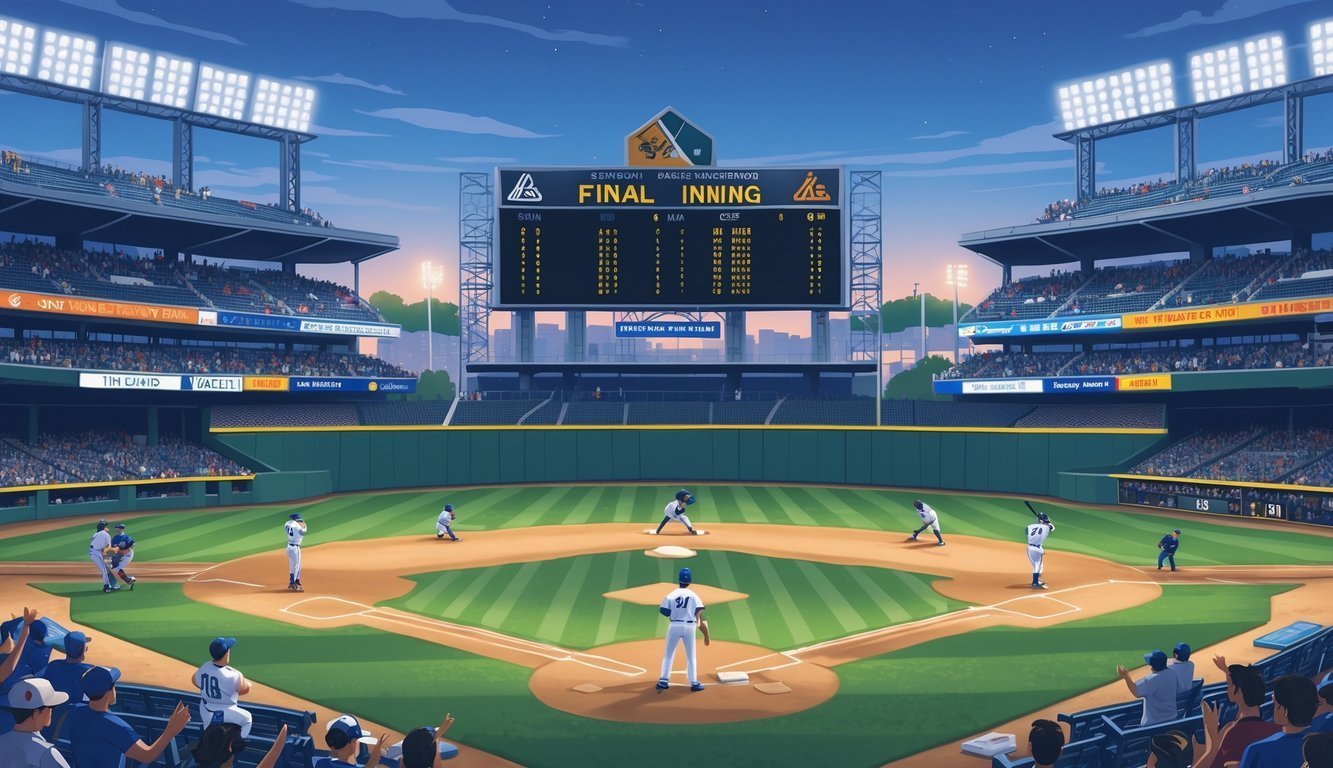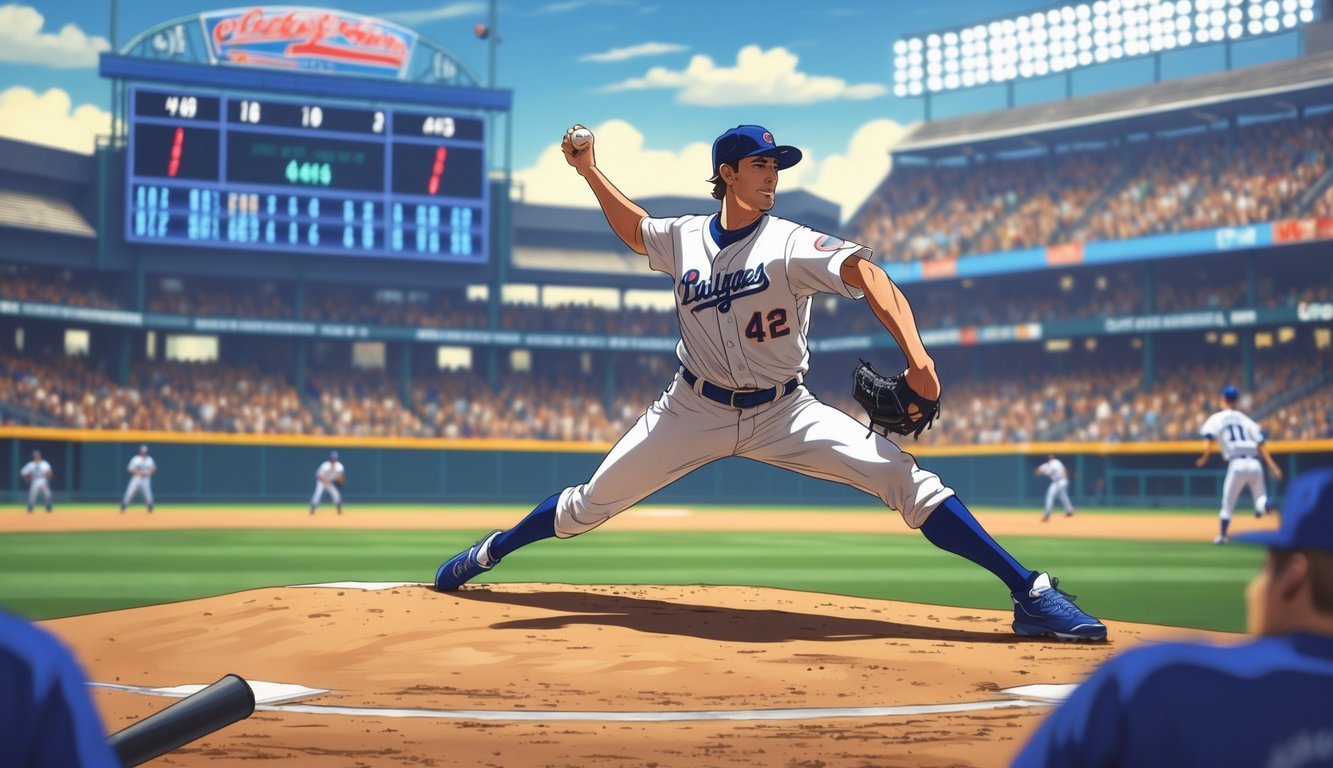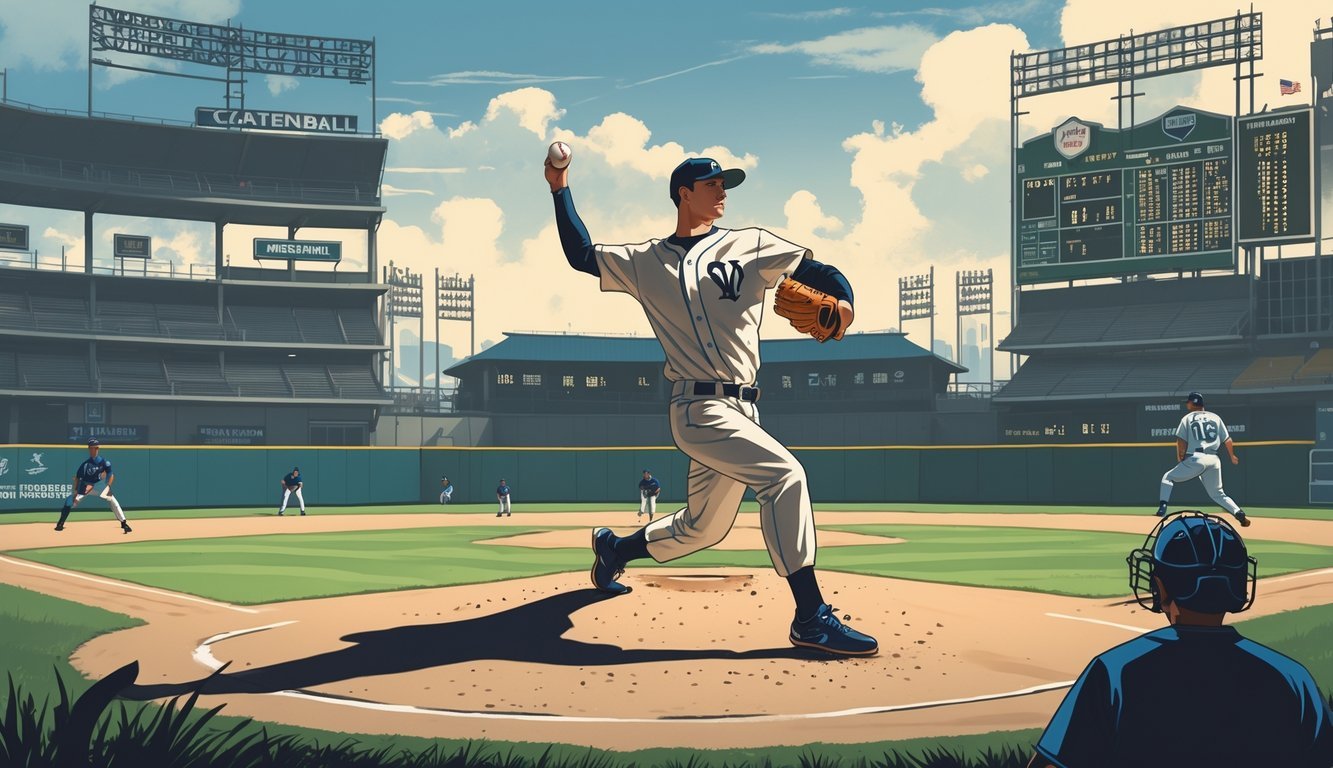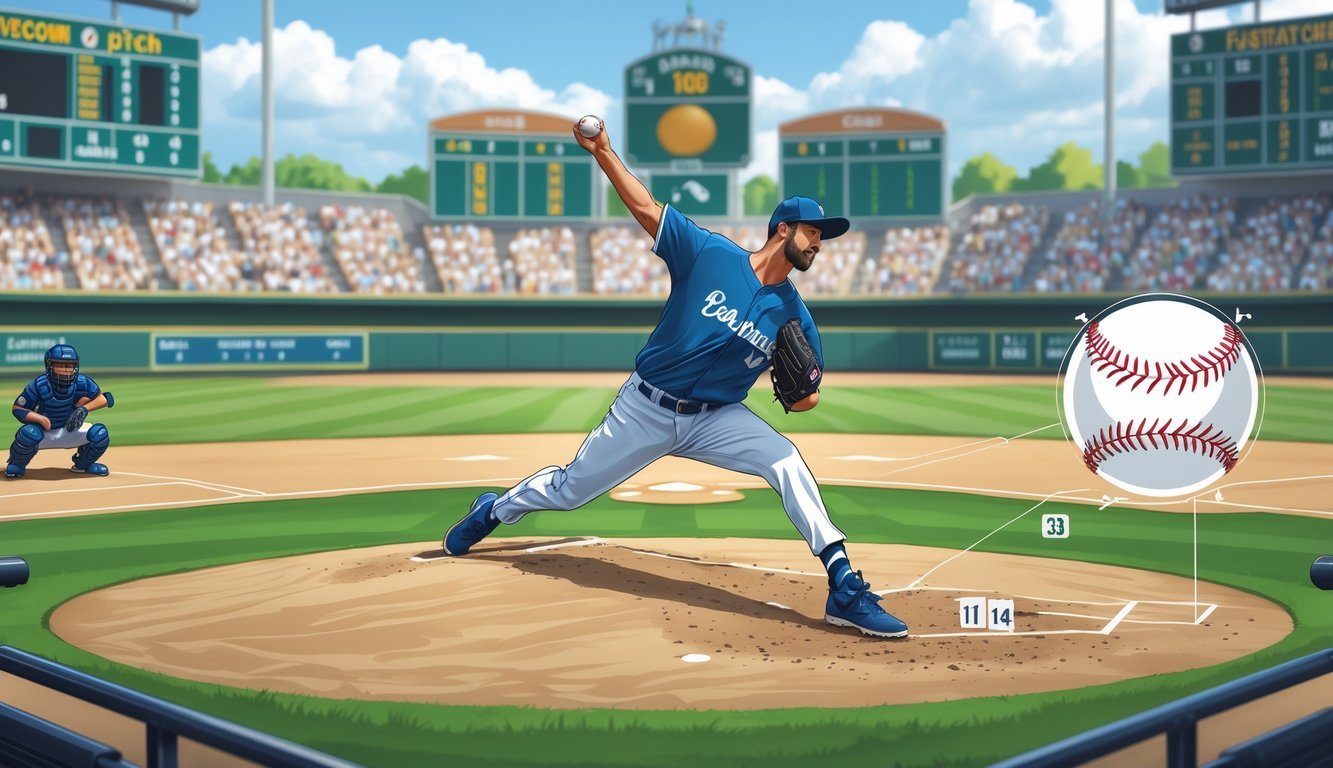PsychNewsDaily Publishers
100 Summit Drive
Burlington, MA, 01803
Telephone: (320) 349-2484
PsychNewsDaily Publishers
100 Summit Drive
Burlington, MA, 01803
Telephone: (320) 349-2484
A complete game in baseball occurs when a pitcher throws all innings without relief, showcasing endurance and skill, a rarity in modern gameplay.

A complete game in baseball happens when a pitcher throws the entire game without being replaced by a relief pitcher. Basically, the pitcher stays on the mound from the first pitch to the very last out, handling every inning.
It’s a rare skill that shows off a pitcher’s endurance and control over a whole game. Not many can pull it off these days.
So, why are complete games such a big deal? These days, managers usually pull pitchers early to avoid injury or fatigue. When you see one guy handle the whole game, it says a lot about his strength—and how much the team trusts him.
If you follow baseball, knowing what a complete game is can really deepen your view of pitching strategy. The idea ties into how the sport has evolved, and why some pitchers become legends by finishing what they start.

A complete game happens when a pitcher stays on the mound for the whole match without getting replaced. You’ll see him throw every pitch until the last out.
Baseball tracks this as a stat, right alongside other pitching achievements. The rules are pretty specific.
A pitcher earns a complete game by pitching all the innings. Usually, that’s nine innings.
If weather or runs end the game early, it still counts if the pitcher finishes every inning played. You don’t need to throw a perfect game or a shutout—just finish the game yourself.
Even if the pitcher gives up runs, as long as nobody else pitches, it counts. Whether the starter gets a win, loss, or no decision, completing the game is what matters.
A shutout means the pitcher doesn’t allow any runs during the complete game. That’s a bigger achievement, but it always starts with a complete game.
No-hitters happen when a pitcher doesn’t give up any hits, though walks or runs can still happen. A perfect game? That’s even harder—no one gets on base and the pitcher throws a complete game with no hits, walks, or errors.
So, every perfect game and shutout is a complete game, but not every complete game is one of those.
Major League Baseball (MLB) officially tracks complete games as a pitching stat. Sabermetricians dig into it to study pitcher endurance and value.
A pitcher gets a “CG” when he finishes the whole game without relief. The stat doesn’t change if he allows a bunch of runs, or if the game is shortened.
It shows how often a pitcher keeps control from start to finish. These days, complete games are so rare that seeing one is kind of special.

Back in the day, starting pitchers usually finished the games they started. That took a ton of endurance and skill.
Now, with new strategies and worries about injuries, complete games barely happen. Some pitchers and records still stand out, but the game keeps changing.
You’ve probably heard of guys like Cy Young, Walter Johnson, and Christy Mathewson—they threw complete games all the time. Cy Young, for example, holds the record with 749 complete games. That’s wild.
Old-school pitchers like Pud Galvin and Tony Mullane also racked up complete games in the 1800s. Back then, teams pretty much expected starters to face every batter.
Pitchers like Nolan Ryan and Warren Spahn kept the trend going into the mid-1900s. These days, stars like Clayton Kershaw and Justin Verlander might get a few complete games, but hitting double digits in a season? Not likely anymore.
Complete games have dropped off a cliff since the 1900s. Pitchers used to finish 60-70% of their starts. Now, it’s sometimes less than 1% in MLB.
Teams use specialized relief pitchers and deep bullpens so starters don’t have to go as long. Managers swap in pinch hitters and fresh arms late in games to boost their odds.
The focus is on keeping pitchers effective and playing matchups. Teams like the Los Angeles Dodgers and New York Yankees lean hard on their bullpens.
Pitch counts really limit how long starters stay in. Teams track every pitch to keep arms healthy and avoid injuries.
For example, managers often pull pitchers at 100 pitches, even if they’re pitching well. Younger pitchers have even tighter limits to protect their arms.
The risk of injury jumps in the late innings, where control can slip and mistakes pile up. Teams usually pick rest over risk, hoping to keep pitchers healthy for the long haul.
That’s changed how fans watch and understand pitching performances these days.

You might wonder how a pitcher earns a complete game or what counts as one if the game gets cut short. Here are some quick answers to the questions fans ask most.
A pitcher earns a complete game by throwing every pitch for his team, start to finish, without getting replaced.
A complete game usually means nine innings. But if the game officially ends earlier, pitching all those innings still counts.
If rain stops the game and it’s official, the pitcher gets credit for a complete game if he pitched every inning up to that point—even if it’s not nine.
Absolutely. Complete games used to be common, but now they’re pretty rare. Teams use relief pitchers way more than before.
If the game is official when it’s called, all pitching stats—including complete games—still count. So, you can get credit even if it doesn’t go the full nine innings.
Cy Young holds that record. He pitched more complete games than anyone else in baseball’s modern era.